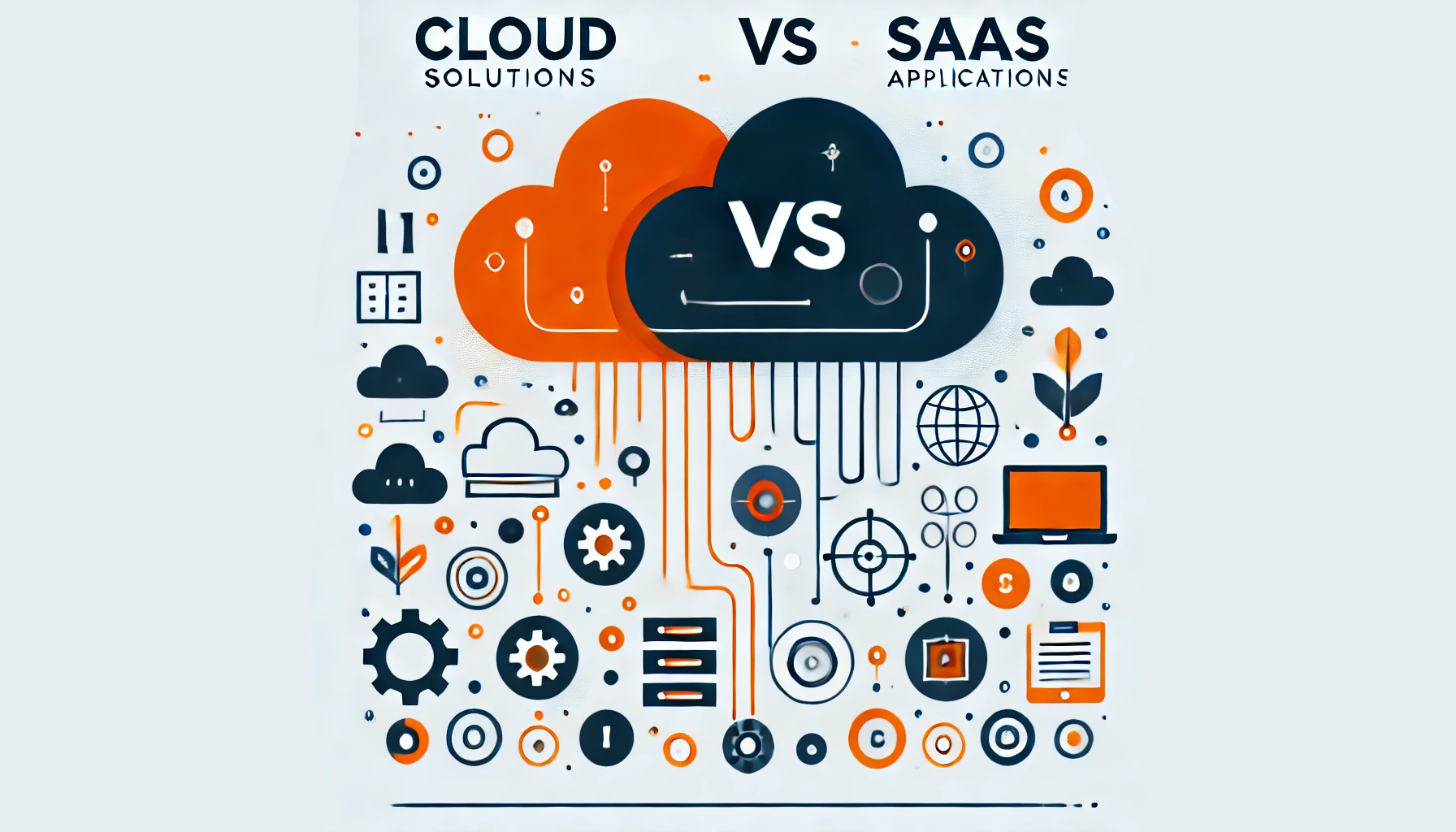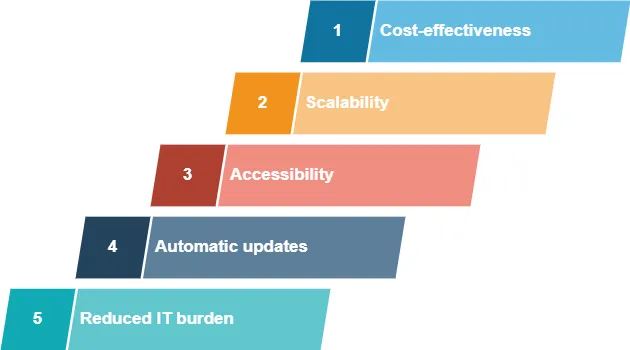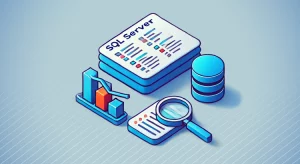
Cloud Solutions vs SaaS

Introduction: The Digital Transformation Revolution
In today’s rapidly evolving tech world, businesses are increasingly turning to cloud-based solutions to streamline operations and boost efficiency. But with terms like “cloud solutions” and “SaaS” often used interchangeably, confusion can arise. Did you know that back in 2021, Gartner predicted that by 2025, over 95% of new digital workloads would be deployed on cloud-native platforms? As we approach that milestone, their forecast appears to be right on target. This staggering statistic underscores the importance of understanding these technologies. Let’s dive into the world of cloud systems to compare cloud solutions vs SaaS and explore their impact on modern IT infrastructure.
| Service Type | Description | Examples |
|---|---|---|
| Infrastructure as a Service (IaaS) | Provides virtualized computing resources over the internet | 1. Amazon EC2 2. Microsoft Azure Virtual Machines |
| Platform as a Service (PaaS) | Provides a platform allowing customers to develop, run, and manage applications | 1. Google App Engine 2. Heroku |
| Software as a Service (SaaS) | Delivers software applications over the internet, on-demand and typically on a subscription basis | 1. Salesforce 2. Microsoft 365 |
| Database as a Service (DBaaS) | Provides access to a database without the need for setting up physical hardware, installing software, or configuring the database | 1. Amazon RDS 2. MongoDB Atlas |
Defining the Terms: Cloud Solutions vs SaaS
What Are Cloud Solutions?
Cloud solutions refer to a broad category of IT services delivered over the internet. These services can include:
- Infrastructure as a Service (IaaS: Amazon EC2 (Elastic Compute Cloud))
- Platform as a Service (PaaS: Google App Engine)
- Software as a Service (SaaS: Microsoft 365)
- Database as a Service (DBaaS: MongoDB Atlas)
Cloud solutions offer scalability, flexibility, and cost-effectiveness by allowing businesses to access computing resources on-demand without maintaining physical infrastructure.
Understanding SaaS
Software as a Service (SaaS) is a specific type of cloud solution. It provides software applications over the internet, typically on a subscription basis. Users can access these applications through a web browser without needing to install or maintain the software locally.
For example, with DataSunrise, you can run the DataSunrise server in cloud infrastructure (such as Amazon EC2) and set it up using Terraform or OpenTOFU. In turn, DataSunrise can protect numerous databases, including both on-premise and cloud-based systems, as well as cloud-native data warehouses and services like Snowflake or Amazon Athena (both DBaaS). In the figure below, you can see three different databases added to instances in DataSunrise. Two of them are on-premise, and the third instance is S3 storage, which is cloud-based (PaaS).
The Key Differences: Cloud Solutions vs SaaS
While SaaS is a type of cloud solution, not all cloud solutions are SaaS. Here’s a breakdown of the main differences:
- Scope: Cloud solutions encompass a wider range of services, while SaaS specifically refers to software delivery.
- Customization: Cloud solutions often offer more flexibility for customization, especially in IaaS and PaaS models. SaaS applications usually have limited customization options.
- Management: With cloud solutions like IaaS or PaaS, users have more control over the underlying infrastructure. SaaS applications are fully managed by the provider.
- Use cases: Cloud solutions can be used for various purposes, from hosting websites to running complex data analytics. SaaS is primarily used for specific business applications like CRM or project management tools.
Diving Deeper: PaaS and DBaaS
Platform as a Service (PaaS)
PaaS provides a platform for developers to build, run, and manage applications without the complexity of maintaining the underlying infrastructure. It includes tools and services for application development, testing, and deployment.
Database as a Service (DBaaS)
DBaaS is a cloud computing service that provides users with access to a database without the need for setting up physical hardware, installing software, or configuring the database. It’s a subset of PaaS focused specifically on database management.
Why Amazon Athena is Considered DBaaS or PaaS
Amazon Athena is an excellent example of a service that blurs the lines between DBaaS and PaaS. Here’s why it’s often classified as both:
- Serverless architecture: Athena doesn’t require users to manage any infrastructure, aligning with the PaaS model.
- SQL query engine: It provides a platform for running SQL queries against data in Amazon S3, functioning as a database service.
- Integration with AWS ecosystem: Athena works seamlessly with other AWS services, characteristic of a platform offering.
- Pay-per-query model: Users only pay for the queries they run, similar to other cloud services.
These features make Athena more than just a simple SaaS application, positioning it as a powerful DBaaS and PaaS solution.
Cloud Solutions: Native vs Built Upon On-Premise Software
Native Cloud Platforms
Native cloud platforms, like Snowflake, are designed from the ground up to operate in the cloud. They offer:
- Optimized performance for cloud environments
- Seamless scalability
- Built-in features for data sharing and collaboration
Platforms Built on On-Premise Software
Some cloud solutions, like Amazon Redshift, are based on existing on-premise software (in Redshift’s case, PostgreSQL). These platforms offer:
- Familiarity for users of the original software
- Enhanced features leveraging cloud capabilities
- Potential for easier migration from on-premise to cloud
The choice between native and adapted platforms often depends on specific business needs, existing infrastructure, and desired features.
Benefits of Cloud Solutions and SaaS
Both cloud solutions and SaaS offer numerous advantages for businesses:

- Cost-effectiveness: Pay-as-you-go models reduce upfront costs.
- Scalability: Easily adjust resources based on demand.
- Accessibility: Access services from anywhere with an internet connection.
- Automatic updates: Stay current with the latest features and security patches.
- Reduced IT burden: Providers handle maintenance and infrastructure management.
Challenges and Considerations
While cloud solutions and SaaS offer many benefits, there are also challenges to consider:
- Data security: Ensure providers have robust security measures in place.
- Compliance: Verify that services meet industry-specific regulatory requirements.
- Integration: Plan for seamless integration with existing systems.
- Vendor lock-in: Consider the ease of migrating to another provider if needed.
- Internet dependency: Reliable internet connection is crucial for accessing cloud services.
Future Trends in Cloud Solutions and SaaS
The landscape of cloud solutions and SaaS continues to evolve. Some emerging trends include:
- AI and machine learning integration
- Edge computing for improved performance
- Multi-cloud and hybrid cloud strategies
- Increased focus on industry-specific cloud solutions
- Enhanced data analytics capabilities
Conclusion: Embracing the Cloud-Powered Future
Understanding the differences between cloud solutions and SaaS is crucial for businesses navigating the modern IT landscape. While SaaS offers ready-to-use software applications, broader cloud solutions like PaaS and DBaaS provide more flexibility and control. Services like Amazon Athena demonstrate the evolving nature of cloud offerings, blurring traditional categorizations.
As we move forward, the adoption of cloud solutions and SaaS will continue to accelerate, driven by their ability to enhance efficiency, reduce costs, and foster innovation. By carefully evaluating their needs and understanding the available options, businesses can leverage these technologies to stay competitive in an increasingly digital world.
For businesses looking to enhance their database security across various cloud-based and on-premise data storage systems, DataSunrise offers user-friendly and flexible tools. Our comprehensive solutions cater to the diverse needs of modern IT infrastructures, ensuring robust protection for your valuable data assets. To explore how DataSunrise can strengthen your data security posture, we invite you to visit our website for an online demo and discover the power of advanced database security tailored to your needs.
